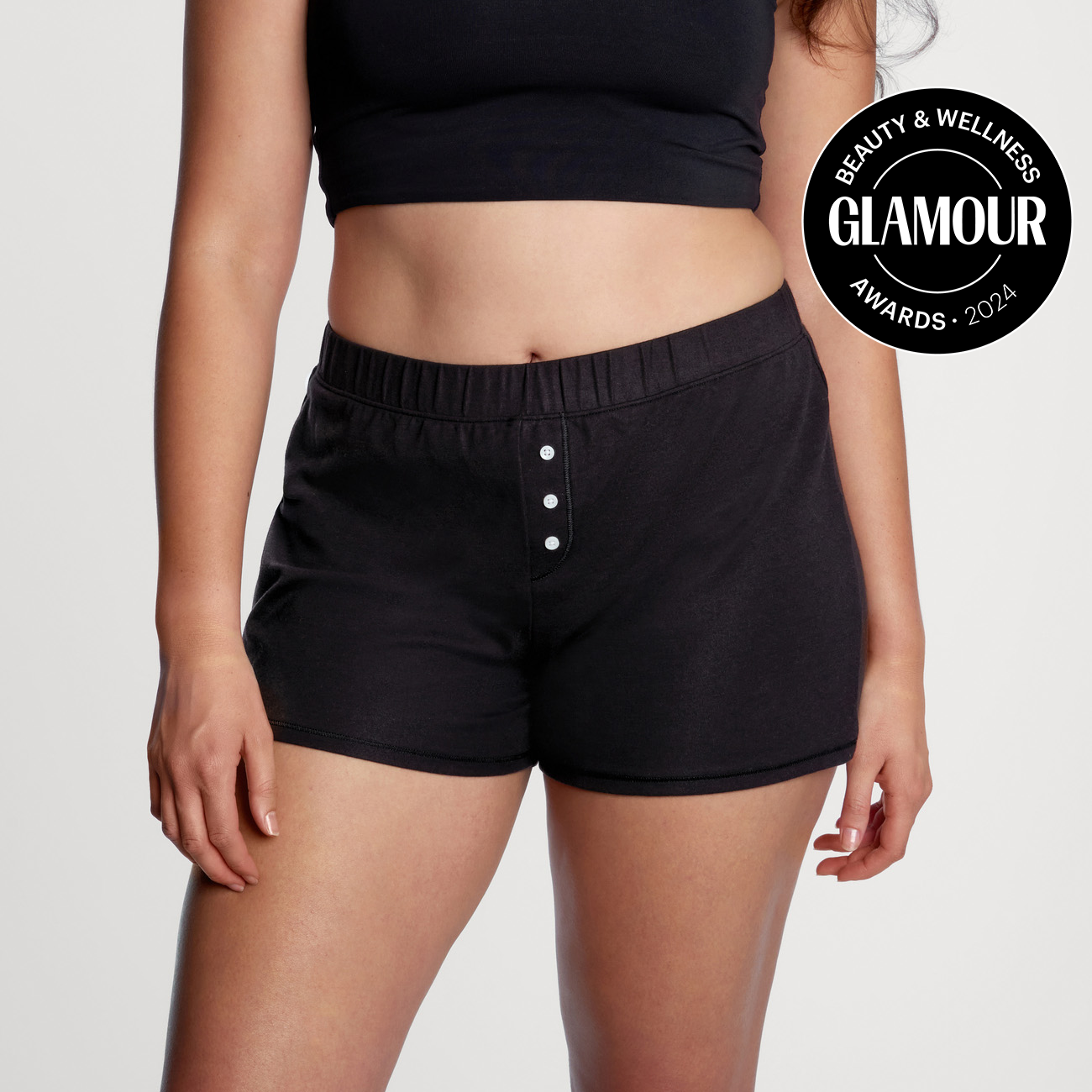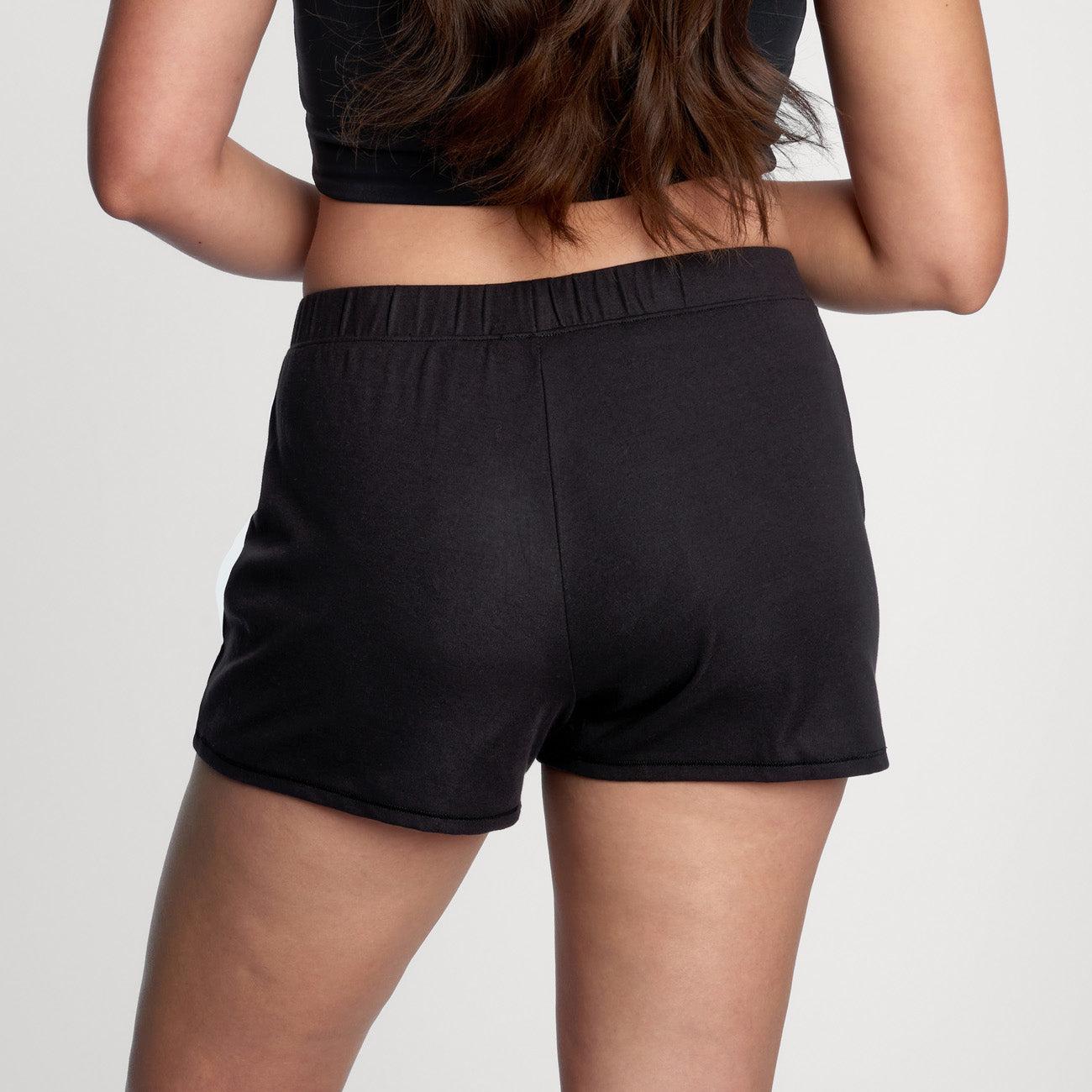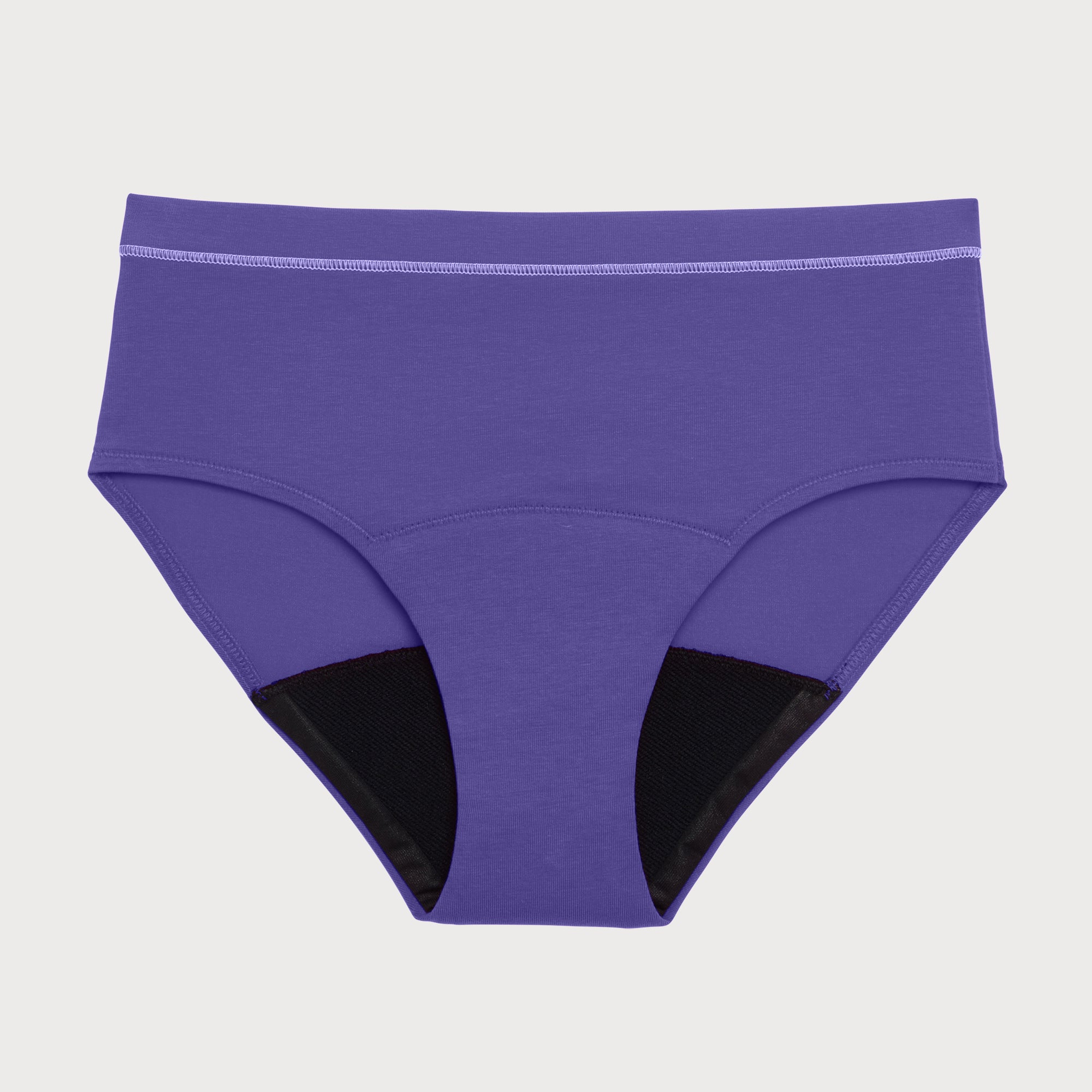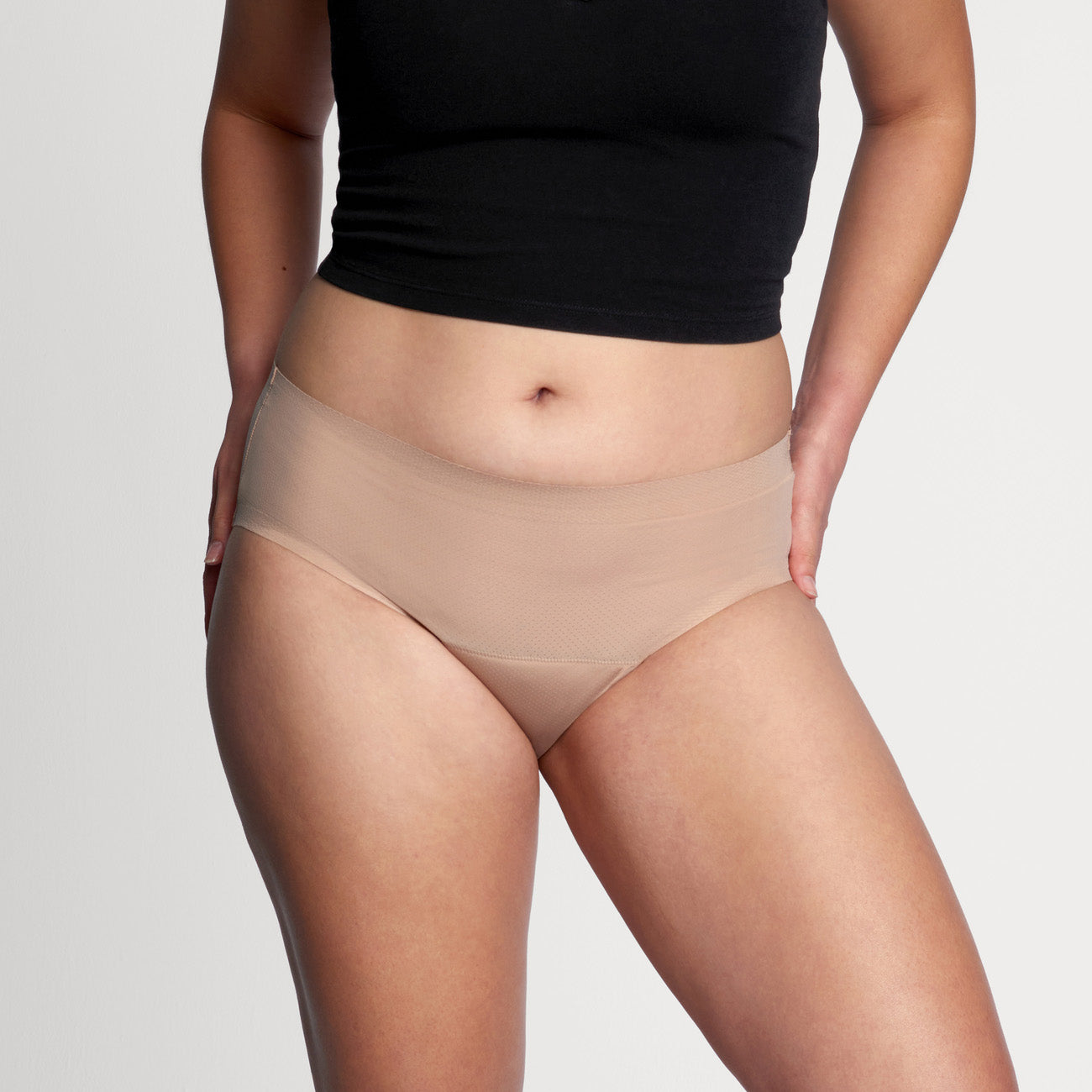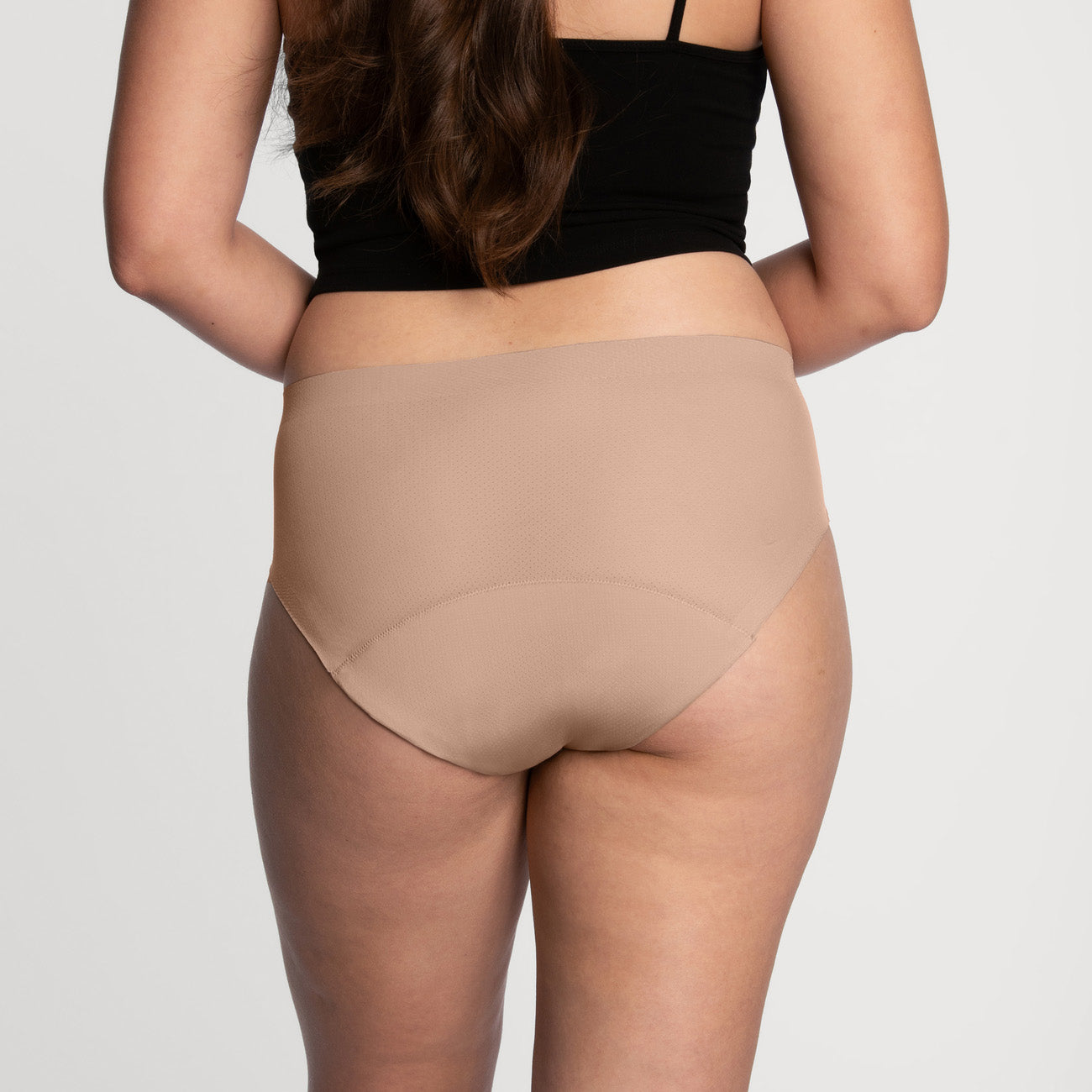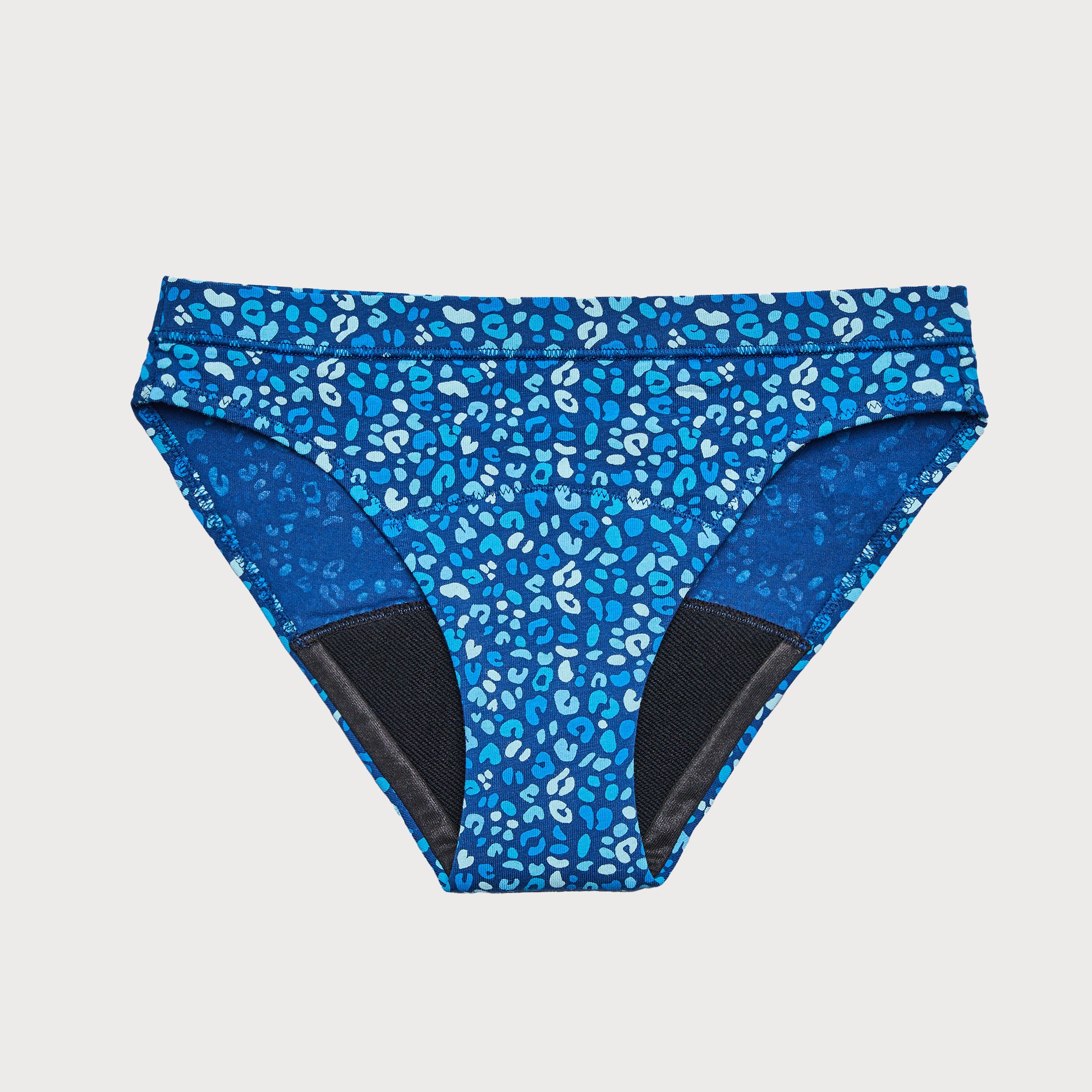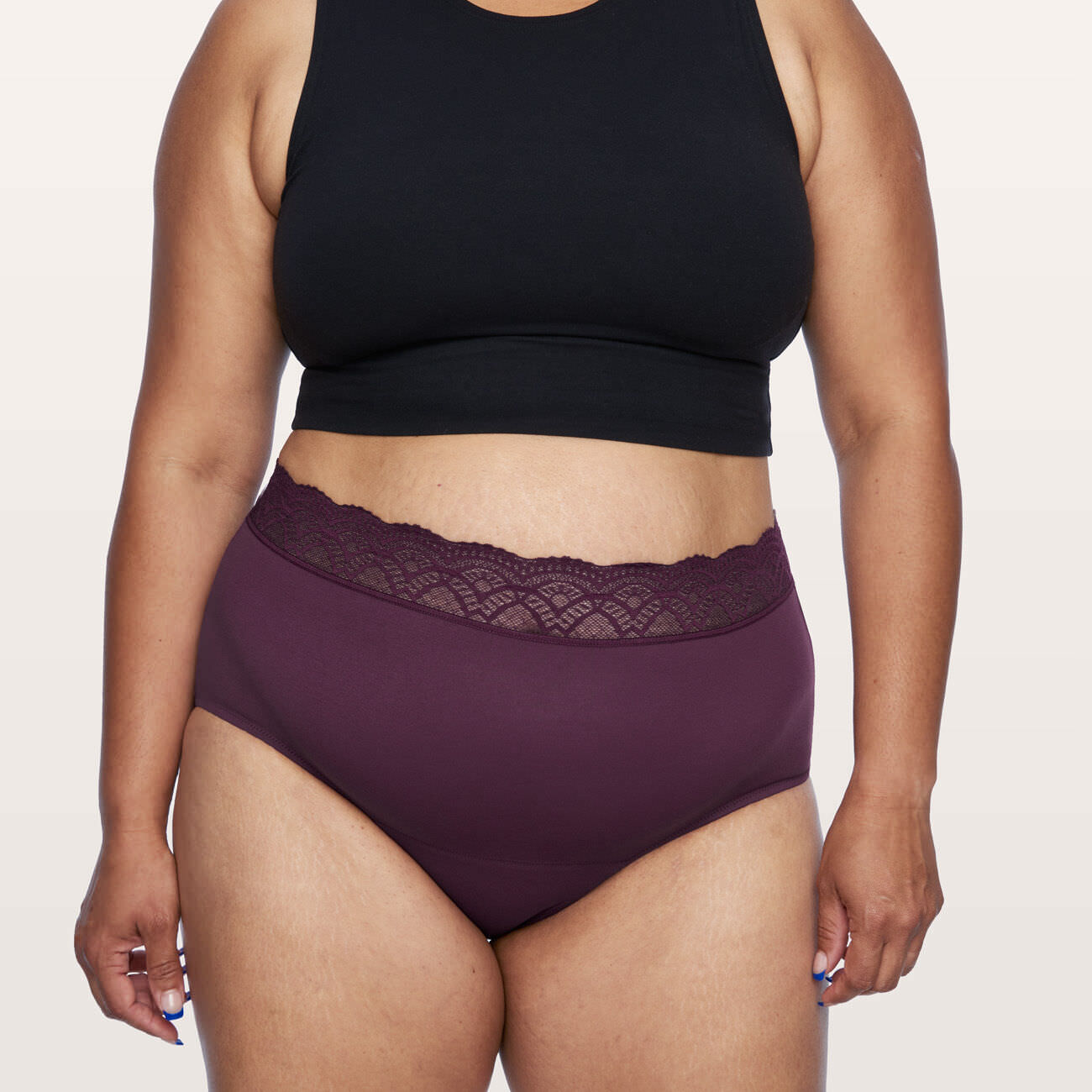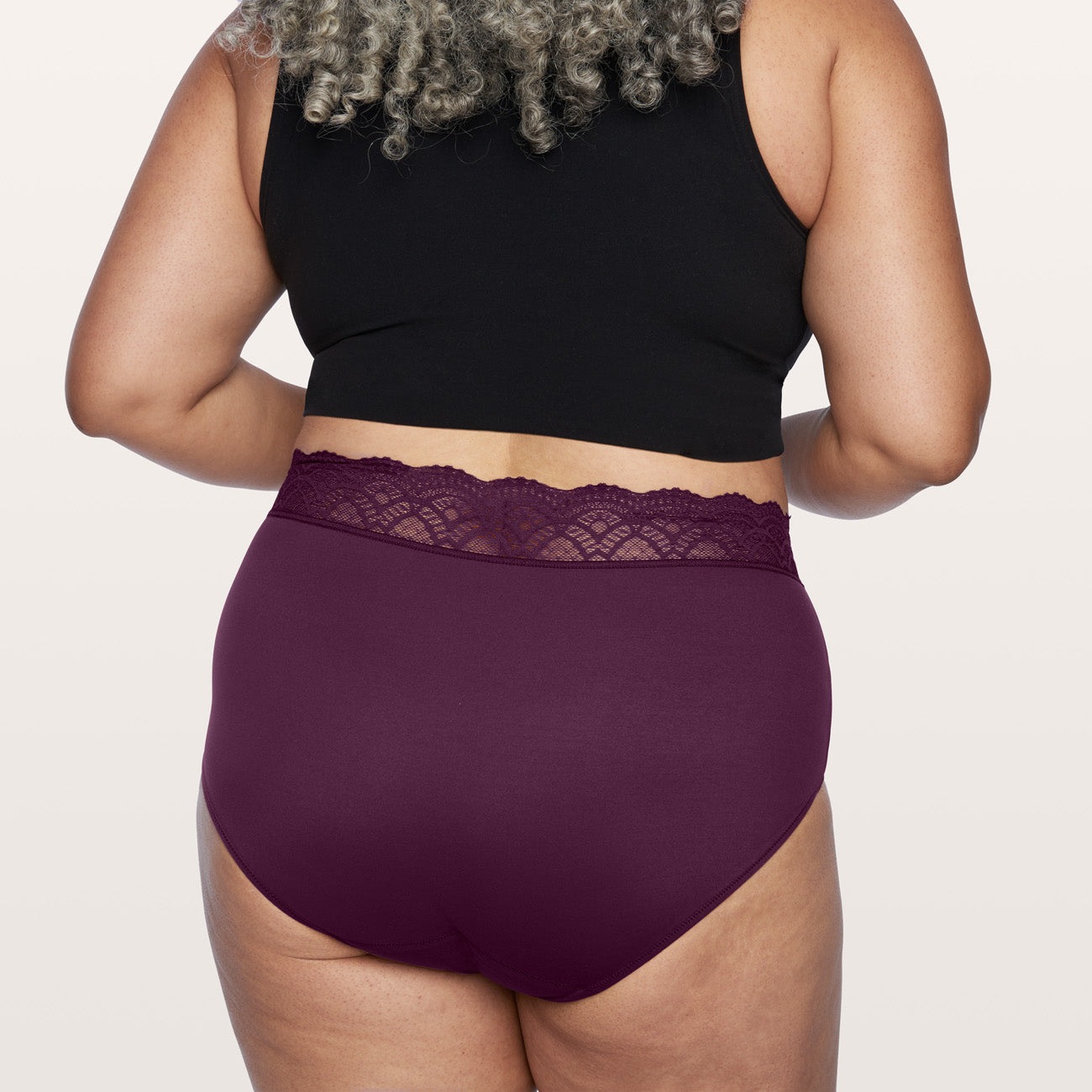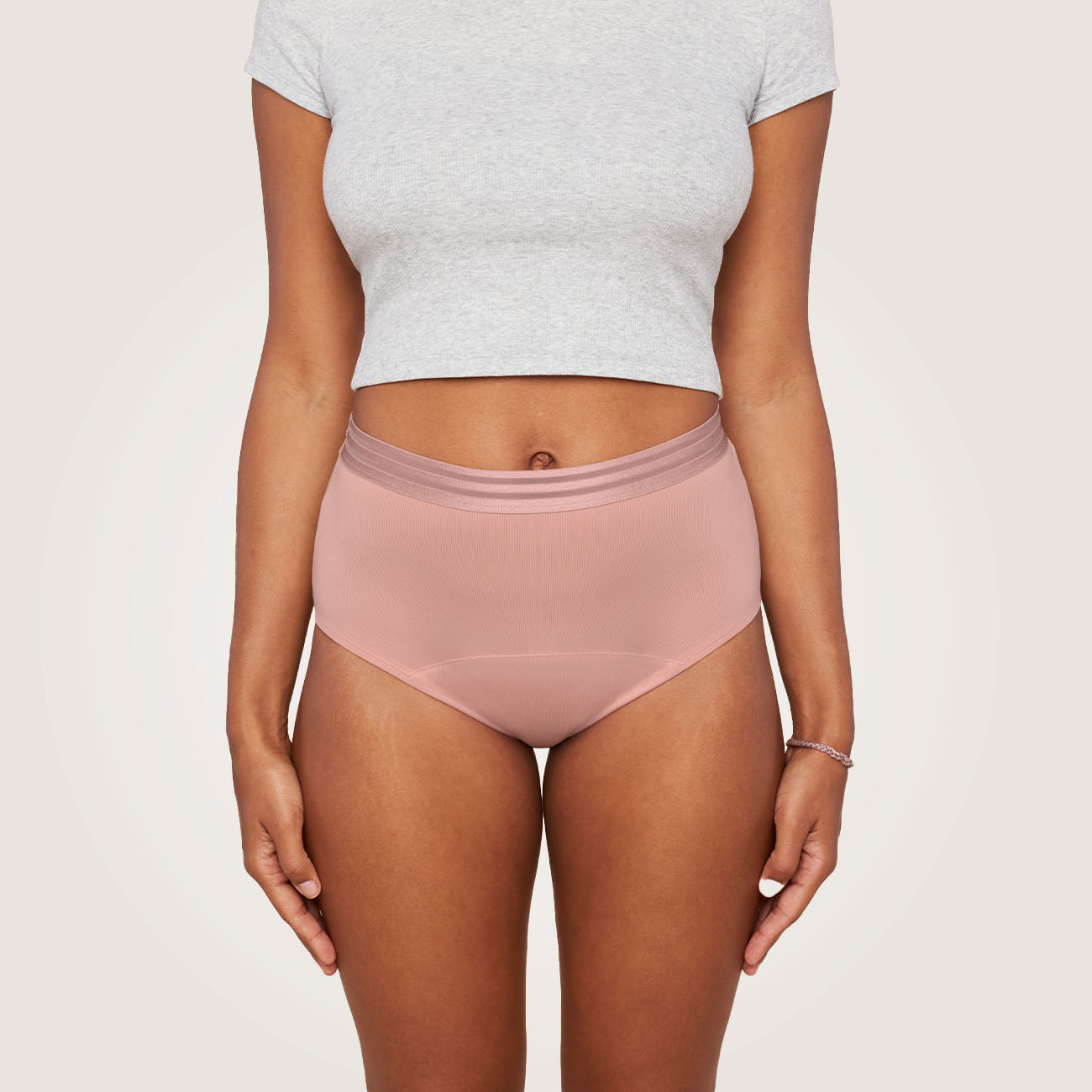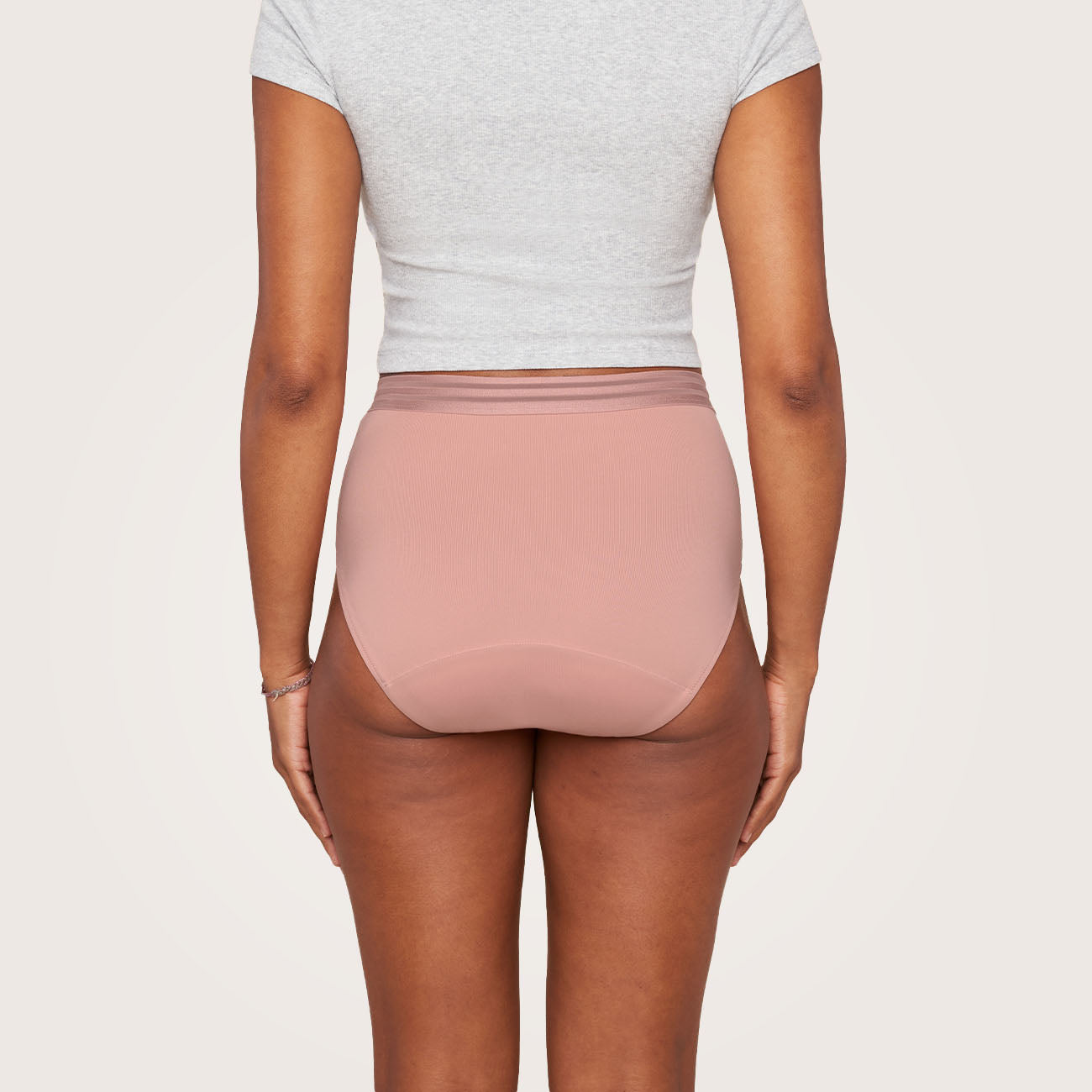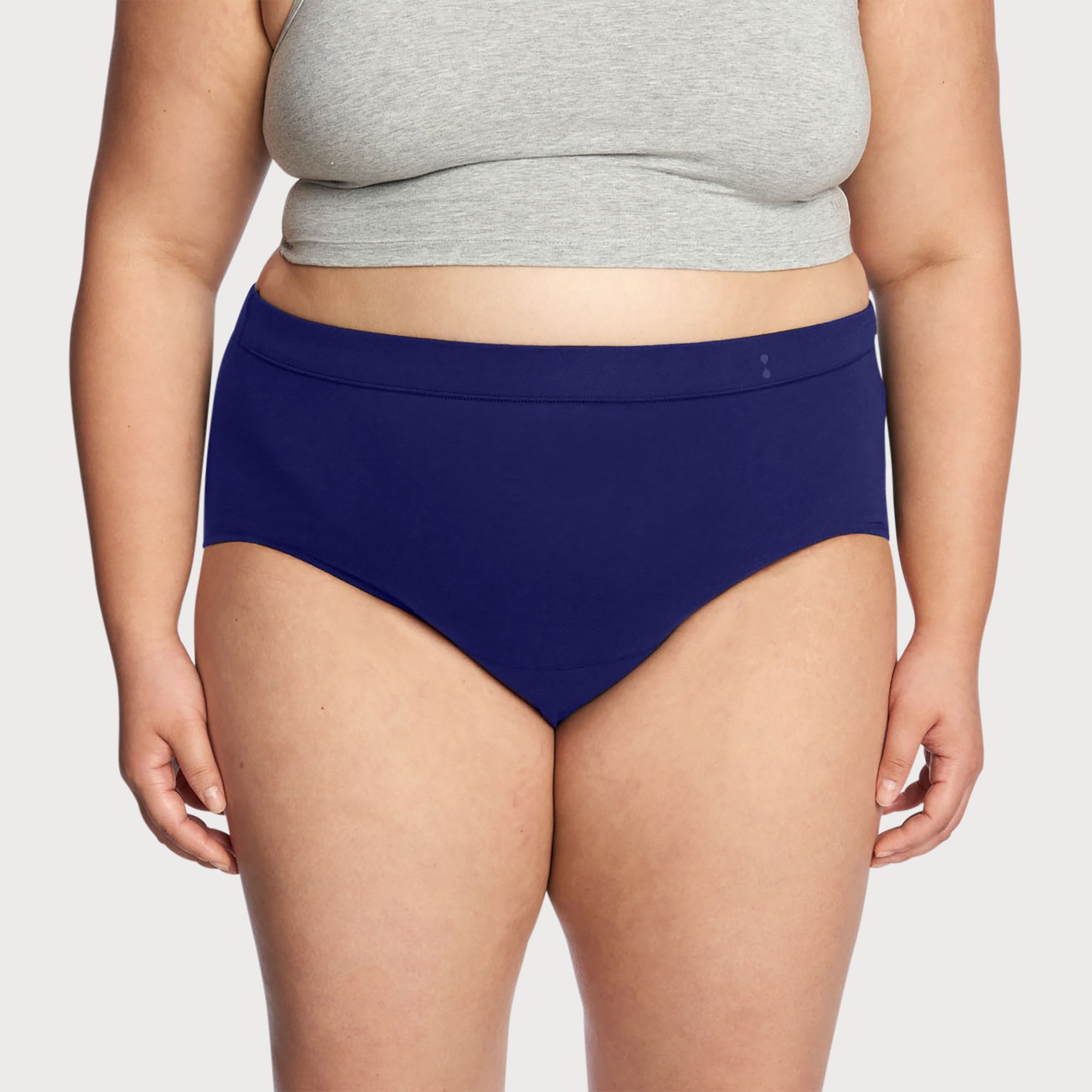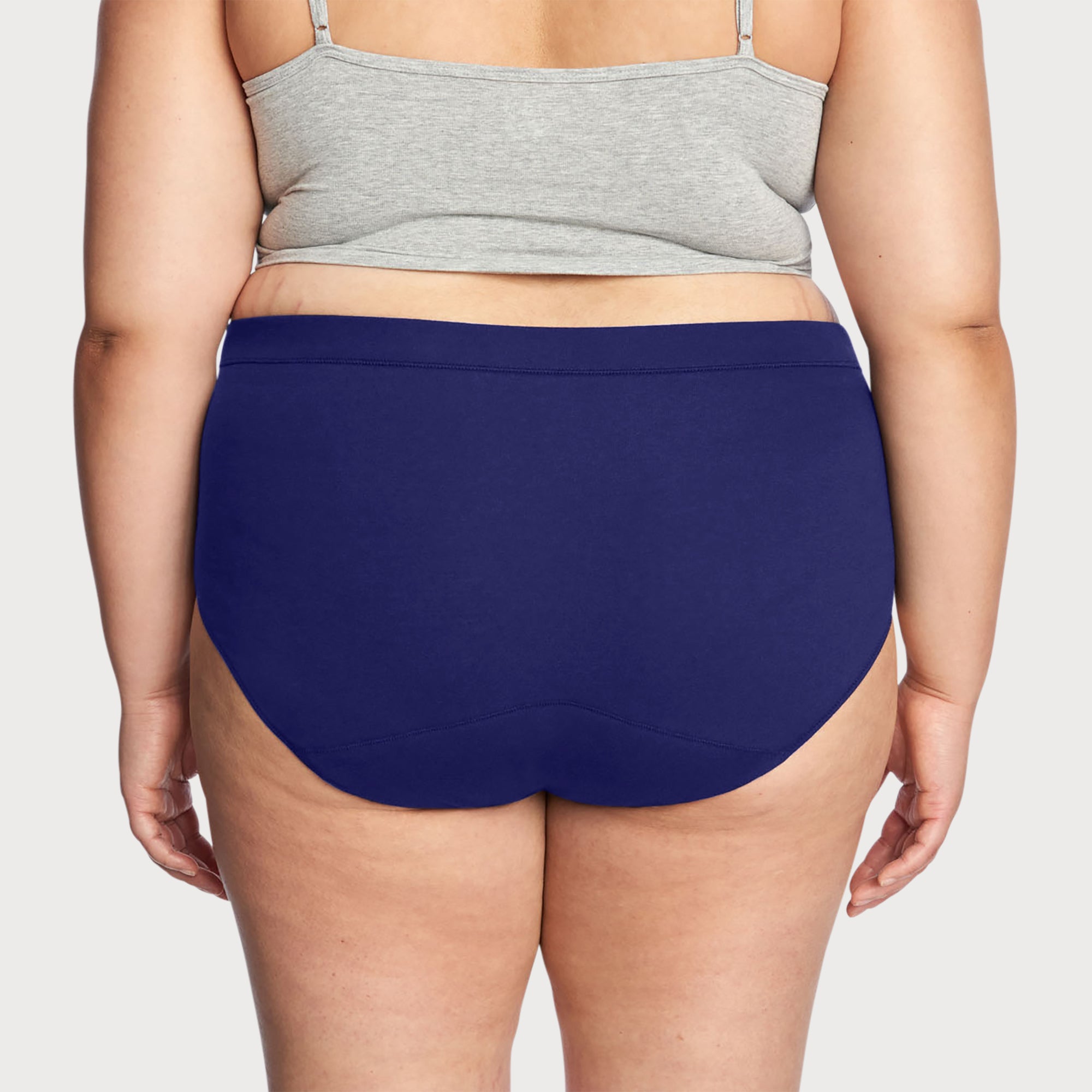Timing and Signs of "Second Puberty"
- Share this article Copy to clipboard

Just when you thought you were done with the awkwardness of puberty, surprise! Your body decides to throw you another curveball –– second puberty. Now, before you freak out, let's clarify something: second puberty isn’t really a medical term. It’s more of a slang term capturing the unique and sometimes frustrating changes that typically happen as women hit their late 30s to early 40s.
Women’s second puberty usually refers to the physical and hormonal changes that occur during perimenopause (that time before menopause officially kicks in and your menstrual period stops) or other significant life events, like pregnancy. While the idea of going through another puberty sounds like a bad joke, it’s not all doom and gloom. Let's get into the details and understand what happens in these stages and how you can cope with it.
Note: Throughout this piece, the term "women" is used to represent a shared experience; however, this guide aims to assist you in navigating your period, no matter your gender identity.
when does second puberty occur?
When is second puberty likely to strike? Unlike the first time around, there’s no one-size-fits-all answer. The timing of second puberty varies, but it typically sneaks up on you in your late 30s to early 40s, as hormones begin to shift. But it could also happen as early as your late 20s, typically due to a life event like pregnancy. Yup, right when you think you finally understand your body, it decides to shake things up a bit.
The timing can depend on several factors. Hormones play a huge role, such as estrogen and progesterone. For some, second puberty aligns with the hormonal shifts of perimenopause, which can start as early as your late 30s. If you’re confused about perimenopause vs menopause, perimenopause is the phase leading up to menopause and it is marked by fluctuating hormones.
Others might experience similar changes after pregnancy or even early menopause. So, when does this phase kick-off? It could be triggered by a combination of genetics, lifestyle, and those unpredictable hormones. And just like in your teenage years, everyone’s experience is different.
signs and symptoms of second puberty
What symptoms can be experienced during a woman’s second puberty? Just like your first go-around, this phase comes with its own set of challenges. Here’s what you might encounter:
physical and hormonal changes
- breast development - Just when you thought your breast development days were behind you, think again. Hormonal shifts can cause your breasts to change in size, shape, or even sensitivity.
- body hair growth patterns - You might find body hair appearing in new places or thickening in different areas. Pubic hair and even facial hair can become more noticeable because of hormonal shifts, and this is normal.
- body transformations - Notice that your body shape isn’t what it used to be? You’re not imagining things. Second puberty can cause the redistribution of your body fat, and even a slight growth spurt.
- skin issues - Remember teenage years filled with acne breakouts? Well, you just might experience adult acne for another round during second puberty.
- irregularities with menstrual cycle - And of course, your menstrual cycle may also decide it’s time for some changes. Periods can become irregular, heavier, or even spotty.
- urinary incontinence or bladder leaks - A decrease in your estrogen levels can weaken your pelvic floor muscles that support your bladder. This leads to what we call urinary incontinence or bladder leaks when you cough, sneeze, or exercise.
emotional and mental health impacts
- mood swings - Hormonal shifts can also make your moods more unpredictable than a rollercoaster. One minute you’re fine, and the next, you’re ready to cry over a puppy commercial! It’s all part of the package.
- anxiety and stress - Hormonal changes can also mess with your mental health, leading to feelings of anxiety, stress, or even depression. If you need any help, don’t hesitate to reach out to a healthcare provider.
- sleep disturbances - Tossing and turning all night? Hormones could be the culprit. If you’ve noticed hot flashes or period night sweats, it might be one of the early signs of perimenopause as part of second puberty. This can make sleep challenging and is a common complaint during these hormonal shifts.
- body image concerns - Without a doubt, the bodily changes you may experience during this phase can also bring up concerns with your body image. It’s easy to feel less confident when your body starts behaving in ways you didn’t expect, but it’s also important to remember that these changes are a natural part of life and can be managed.
managing symptoms during second puberty
Now that we’ve covered the less-than-glamorous side of second puberty, let’s talk about what you can do to manage the symptoms.
tips for coping with changes
- maintain an active lifestyle - Regular exercise can help balance your hormones and keep your mood in check. Plus, it’s a great way to relieve stress — just don’t forget to do warm-ups and cool-down stretches.
- keep a nourishing and healthy diet - Eating a balanced diet rich in nutrients like omega-3 fatty acids, calcium, magnesium, vitamin D, and antioxidants can support your hormone levels and give you the energy to deal with whatever second puberty throws your way. Incorporating foods like leafy greens, fatty fish, nuts, seeds, and whole grains into your meals can make a big difference in how you feel during this phase.
- stay hydrated - Water isn’t just for preventing dehydration — it helps with everything from skin changes to reducing bloating.
- practice self-care - Prioritize your mental and emotional well-being. Whether it’s meditation or just a few moments of quiet, taking care of yourself is important.
how Thinx can provide comfort and support during this phase
Let’s talk about something that can make this whole second puberty experience a little more bearable –– Thinx period underwear. Whether you’re dealing with irregular periods, or heavier flows, Thinx has got your back (and your front).
Thinx period underwear is designed to handle everything from light days to heavy flows. And if you’re also experiencing bladder leaks or urinary incontinence, our bladder leak underwear has you covered. With Thinx, you can feel confident and comfortable no matter what bodily changes you may experience.
Second puberty — it’s unpredictable, and it’s not exactly what you signed up for. But with a little knowledge, some self-care, and the right support, you can handle it with confidence.
sources
Cleveland Clinic. Perimenopause: Age, Stages, Signs, Symptoms, and Treatment. https://my.clevelandclinic.org/health/diseases/21608-perimenopause
WebMD. Perimenopause: Symptoms, Causes, Treatments. https://www.webmd.com/menopause/guide-perimenopause
Mayo Clinic. Perimenopause: Diagnosis and Treatment. https://www.mayoclinic.org/diseases-conditions/perimenopause/diagnosis-treatment/drc-20354671



